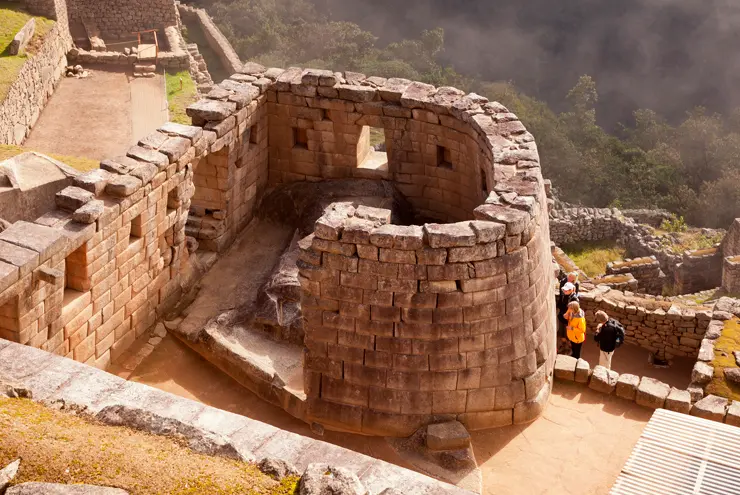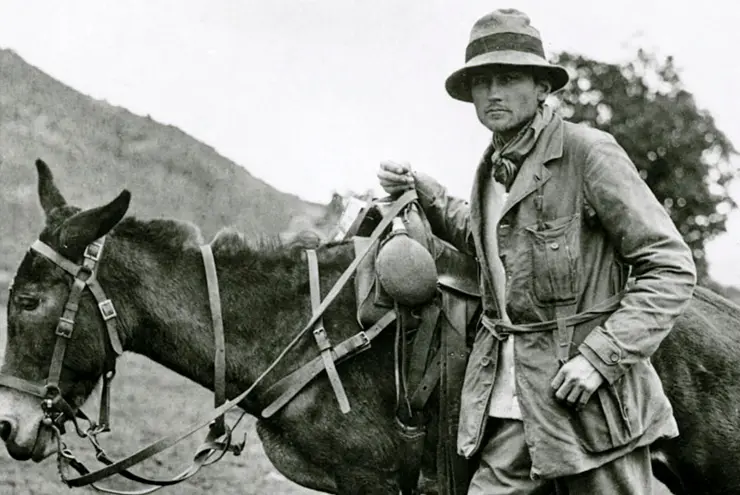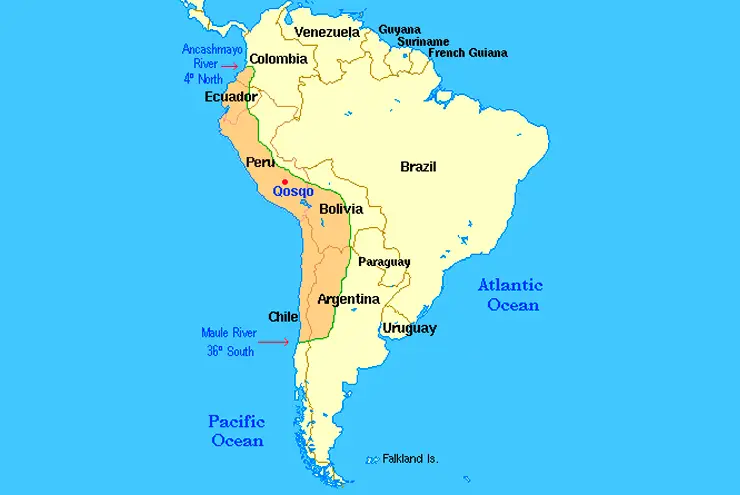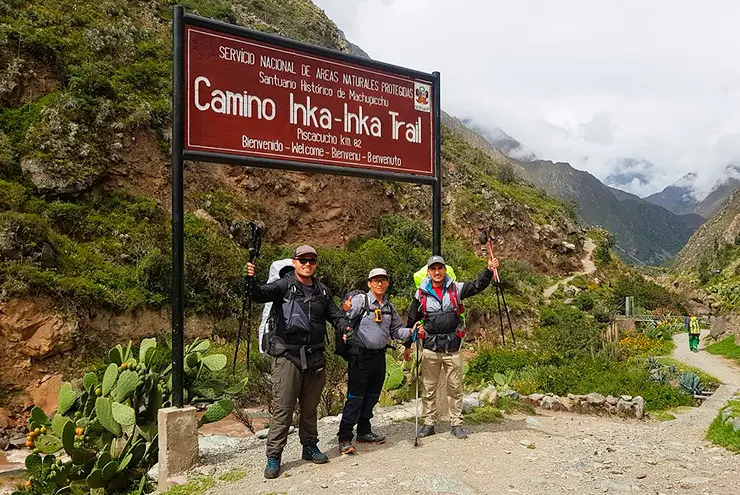Table of Contents
Machu Picchu was an astronomical observatory.
At midday on March 21st and September 21st, something amazing happens in Machu Picchu. The sun stands directly over the Intihuatana stone, creating no shadow.

Hiram Bingham brought the site world popularity
Hiram is credited with discovering Machu Picchu. It would be more accurate to say that he “rediscovered” it. Germans are reported to have discovered the site back in the 1800s but didn’t pay it much mind. The Peruvians claim that they had known about Machu Picchu long before the presence of Germans or Americans.

The city was never truly lost
There were three farmers living in Machu Picchu when Hiram Bingham arrived.
Machu Picchu was built between 1450 – 1460.
There’s no way to pinpoint a precise date, but archaeology is able to establish a bracket of time for Machu Picchu’s construction, between 1450 and 1460. Construction likely started around 1438.
Machu Picchu was never conquered by the Spanish
Spanish Conquistadors never made a record of finding Machu Picchu. So invasion wasn’t the reason that Machu Picchu was abandoned. It was more likely due to disease that had been introduced to the land by the Spanish.
The Inca Empire dwarfed Peru
Argentina, Bolivia, Ecuador, and Chile were encompassed by the Inca Empire. 1533 saw the empire it its peak with more than 20 million people. There was no decline until after the emperor’s assassination in 1533.

Important world events hadn’t happened while the empire was flourishing
Martin Luther had yet to be born (1483), Christopher Columbus hadn’t made his legendary trip in 1492, Leonardo da Vinci hadn’t painted the Mona Lisa (1503), Michelangelo hadn’t sculpted his statue of David (1504), and St. Peters Church in Rome didn’t even have its cornerstone placed (1506).
The official purpose of Machu Picchu is unknown
The Incans had no written language, so there’s no way of knowing the exact purpose Machu Picchu was meant to serve. Theories run the range from a royal estate for the Incan King, a pilgrimage site, or perhaps even a ceremonial site. The city was populated only by nobles, priests, and “aqllas,” or virgins of the sun. There were a few peasants that lived inside the citadel, but they worked in the agricultural fields.
The Inca Trail was a religious path to Machu Picchu
It’s not an accident that the Inca Trail throws Machu Picchu into such striking and wonderful views. It was originally meant to be a spiritual path to the citadel.
Many paths to the citadel are lost due to a protective measure taken by the Incas when threatened with invasion from the Spanish Conquistadors. They destroyed most of the paths leading to Machu Picchu to prevent its discovery. A plan that apparently succeeded, since the place was “undiscovered” for many years to come!

Machu Picchu is earthquake-proof
This is one of the frustrating parts of the absence of a written language for the Incas. Their true genius is lost to history, with whispers of it bleeding through in aspects like the construction methods used in building Machu Picchu.
The stones of Machu Picchu are fit snugly together without mortar. They fit so tightly that not even a knife can fit between the spaces. When an earthquake occurs, the stones slide and wobble, but they settle back into place.
The technique is so singular that it has its own name: ashlar.
Wheels weren’t used to transport the stones
Incas hadn’t invented the wheel yet. The stones, which weighed over 50 lbs. each, were likely transported by rolling them on logs.

There is a complex system of water channels
The water channels and conduits throughout the citadel make up more than 1 kilometer. This is fed through the city from the water from the mountains.
Is there more? Of course. But facts cannot substitute experiencing the citadel for yourself. Contact TOUR IN PERU to book your adventure to Machu Picchu and move from theory to practice!







